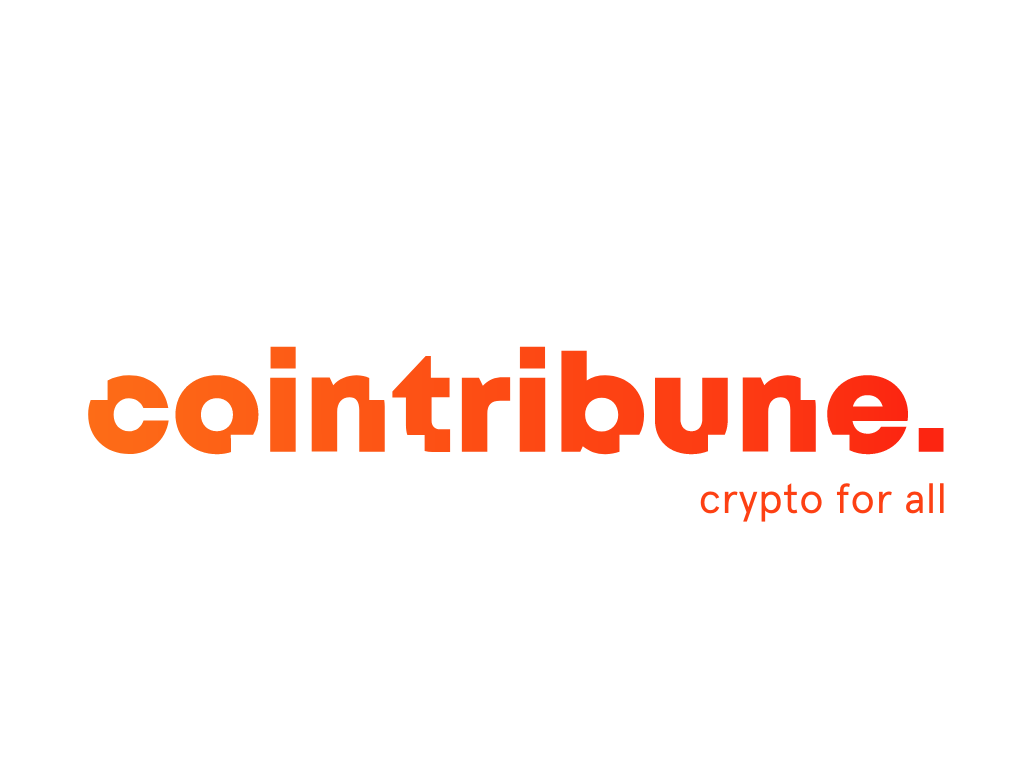Bitcoin: GameStop Prepares For A Massive Purchase After Raising 1.5 Billion
0
0
Once again, GameStop defies expectations. Known for its market fluctuations and position, the video game retailer strikes again by raising $1.5 billion through a convertible debt issuance. The stated goal: to integrate bitcoin into its balance sheet. A bold move for a company seeking a renaissance, caught between a turbulent legacy and crypto ambitions.

A bold financial strategy… with mixed reactions
On April 1st, GameStop announced a fundraising effort exceeding its expectations. Initially planned for $1.3 billion, the operation attracted investors, inflating the amount to $1.5 billion.
These convertible bonds, exchangeable for shares by 2030, offer an initial conversion rate of 33 shares for $1,000 — a bet on the future, where debt and equity intertwine.
But already, some analysts mention an unlikely scenario: on the bitcoin side, no holder would be willing to sell. A context that contrasts with the lukewarmness of the markets. The GME stock only increased by 1.34% at closing, followed by a slight rise of 0.5% in after-hours trading.
A timid reaction, in stark contrast to the jump of 12% observed on March 26 during the initial announcement of the bitcoin buyback, with no real impact on the BTC price.
But the euphoria was short-lived: the next day, the stock dropped by 24%. Analysts see this as a symptom: behind the crypto excitement lie persistent doubts about GameStop’s business model, still seeking stability after years of turbulence.
This ambivalence reflects a deeper dilemma. Convertible debts reduce borrowing costs, but potentially dilute shareholder value. A delicate balance, where GameStop bets on bitcoin as a catalyst for confidence. It remains to be seen whether crypto will be enough to transform the image of a company still perceived as a symbol of speculation.
GameStop joins the ranks of “Bitcoin-friendly” companies: strategy or fad?
On March 25, GameStop’s board of directors approved the purchase of bitcoin and stablecoins, drawing from its cash reserves — now estimated at $4.77 billion.
A decision that aligns the retailer with giants like MicroStrategy, a pioneer in bitcoin-enriched balance sheets. Yet, GameStop arrives late to the party. Why now?
The company has already flirted with crypto, launching a digital wallet in 2022, which was soon abandoned due to regulatory uncertainties.
This turnaround towards bitcoin thus seems less an innovation than a calculated repositioning. A move that raises questions: is it a long-term strategy or an attempt to surf the volatility of crypto, like the meme stocks once did?
The historical context of GameStop adds a layer of irony. In 2021, GME stock became the banner of a revolt by individual investors against Wall Street.
Today, the company embraces an asset often criticized for its speculation. A paradox that does not escape observers: could bitcoin, perceived as a tool for financial emancipation, restore the image of a company in search of legitimacy?
GameStop is going all in. By integrating bitcoin into its balance sheet, the company bets as much on credibility as on financial performance. Although success remains uncertain, this initiative highlights a broader trend: crypto assets are attracting even traditional players in search of a renaissance.
Between hope and skepticism, one thing is certain: GameStop continues to write its story off the beaten path. Will bitcoin become its glorious new chapter or just a mere episode? Only time will tell, but the gamble is on despite the loss of $1.63 billion in the first quarter of 2025.
0
0
 Manage all your crypto, NFT and DeFi from one place
Manage all your crypto, NFT and DeFi from one placeSecurely connect the portfolio you’re using to start.








